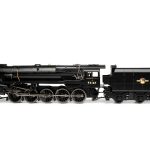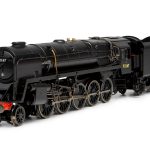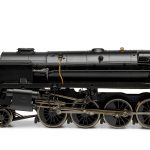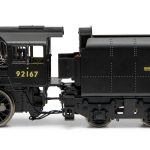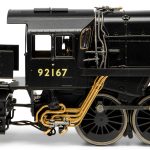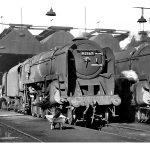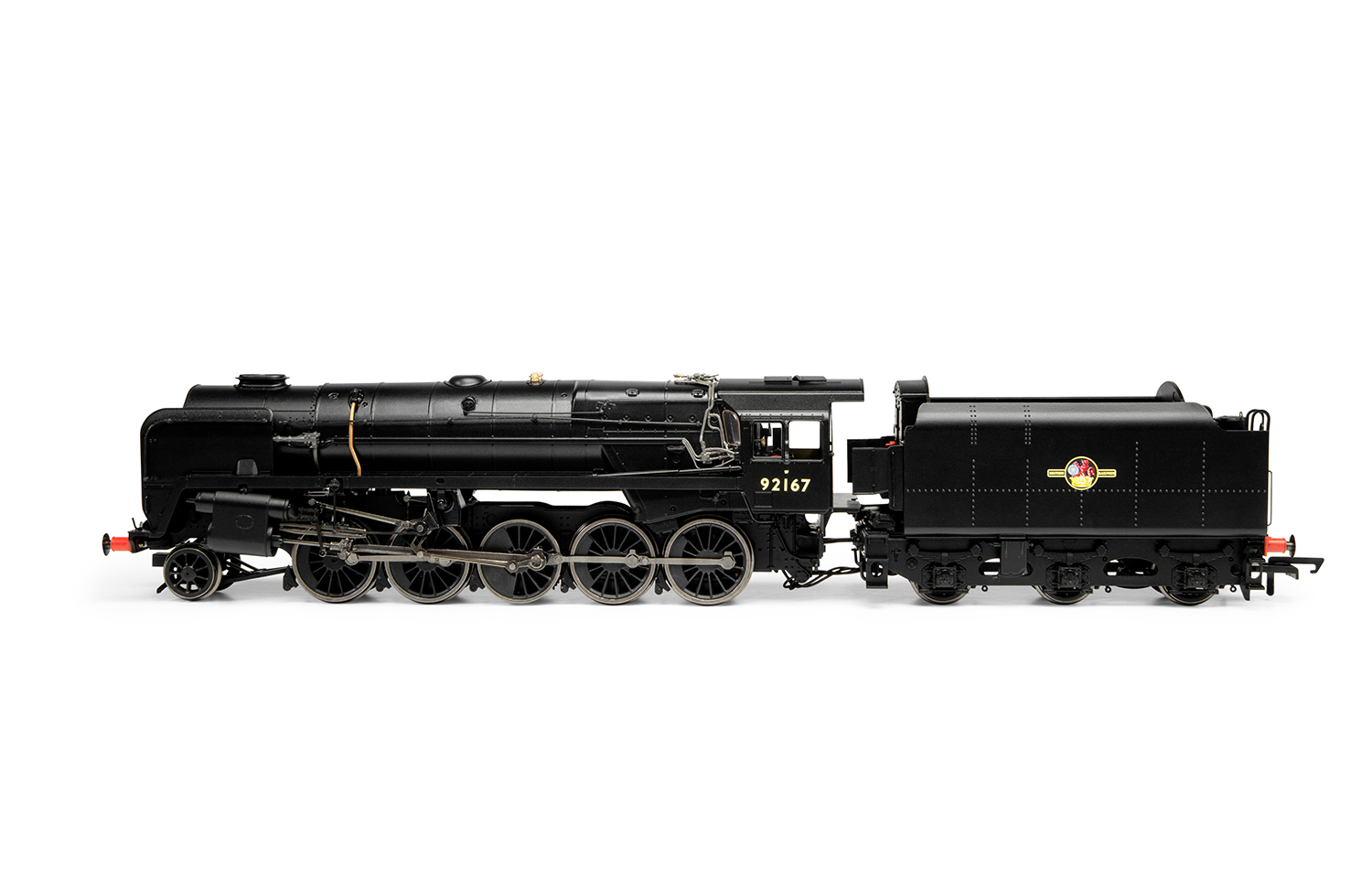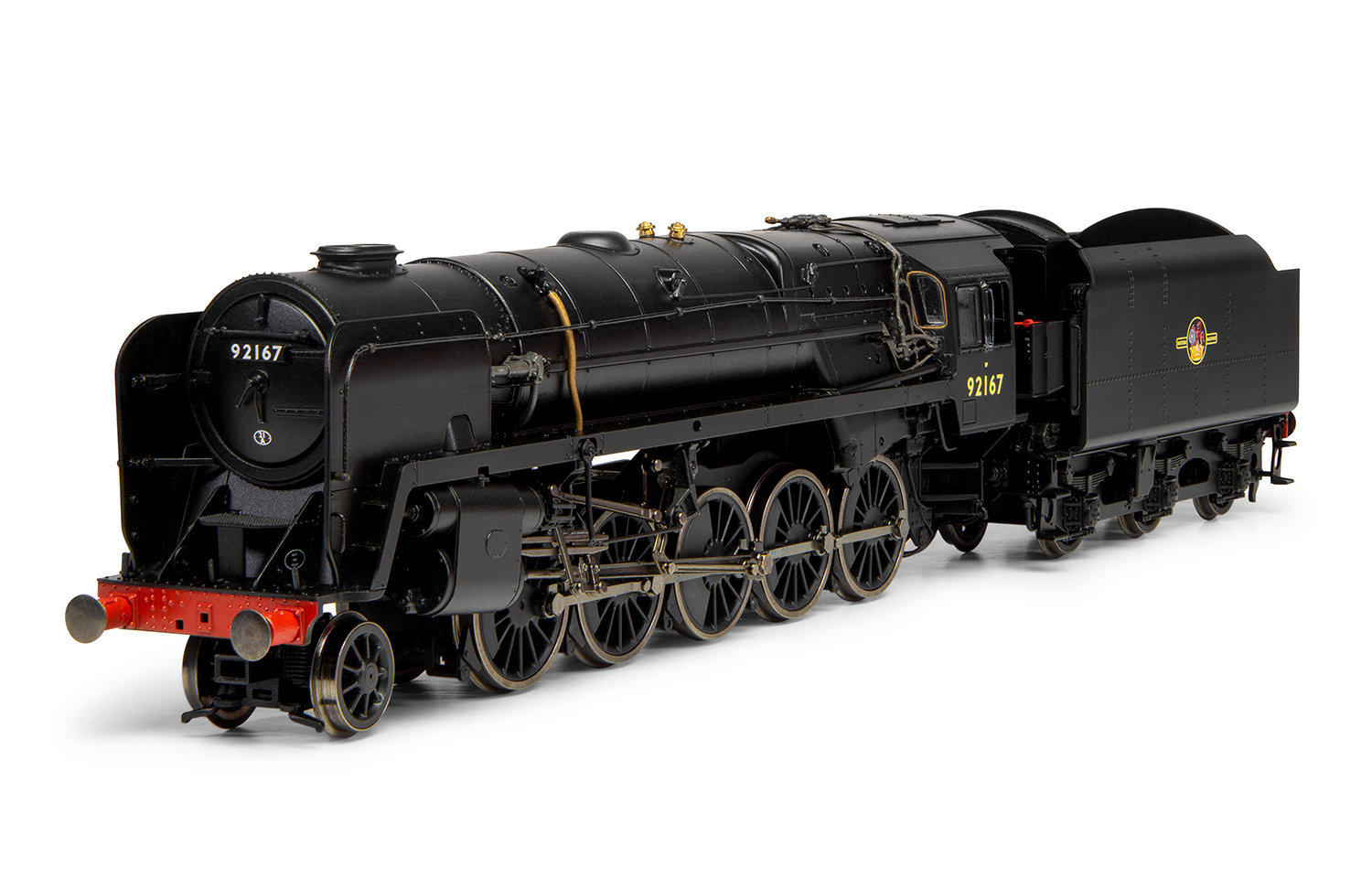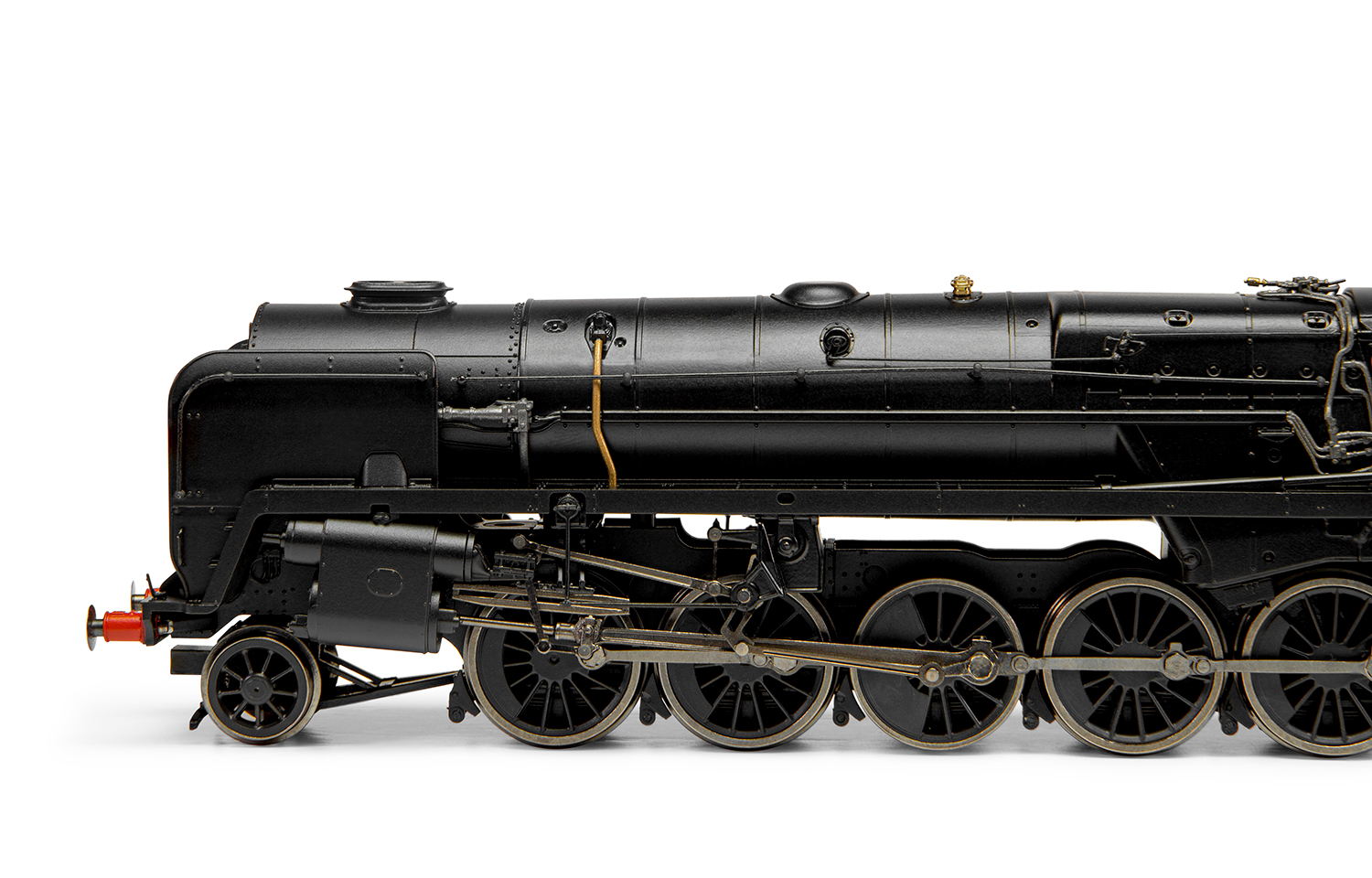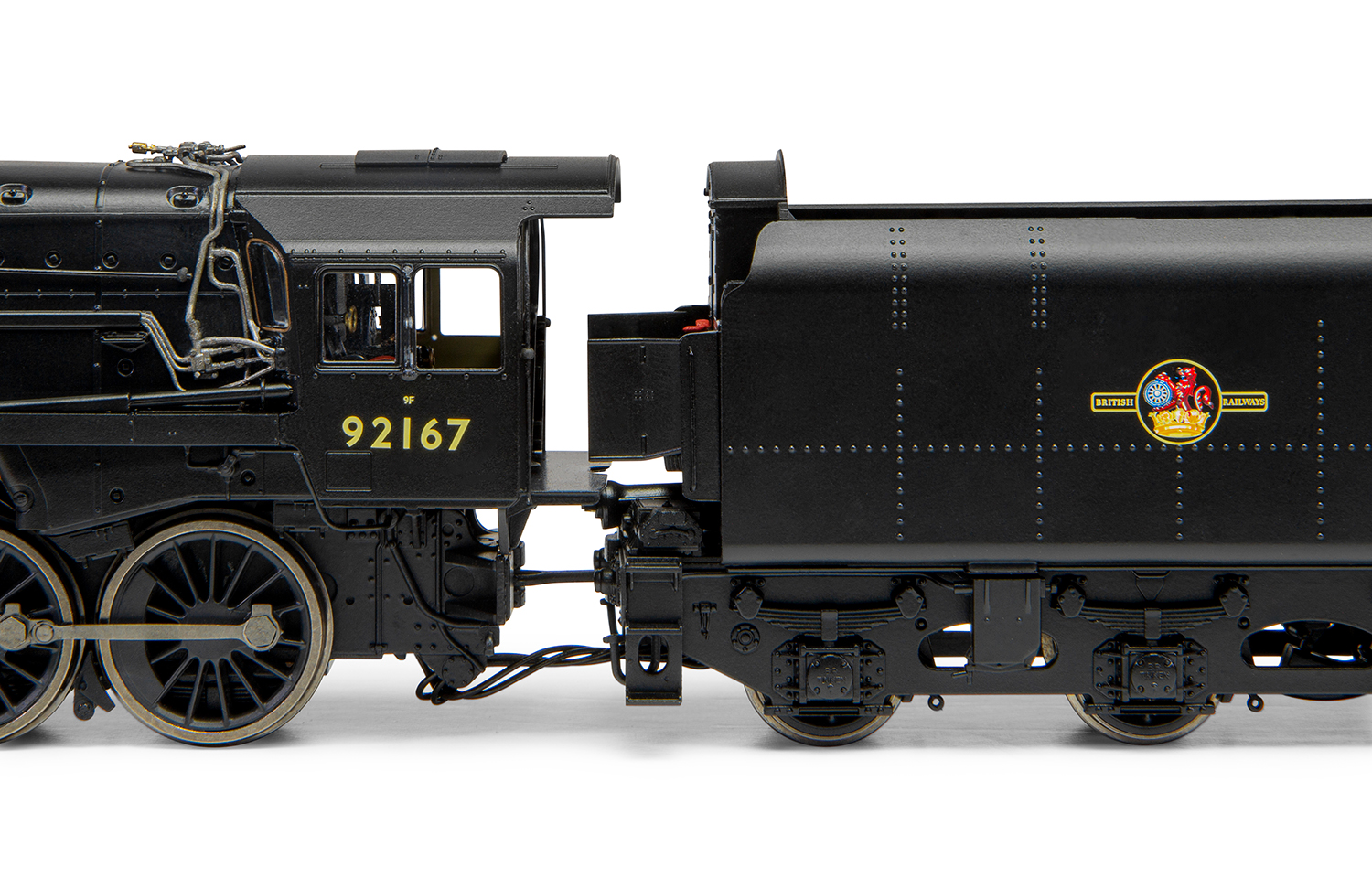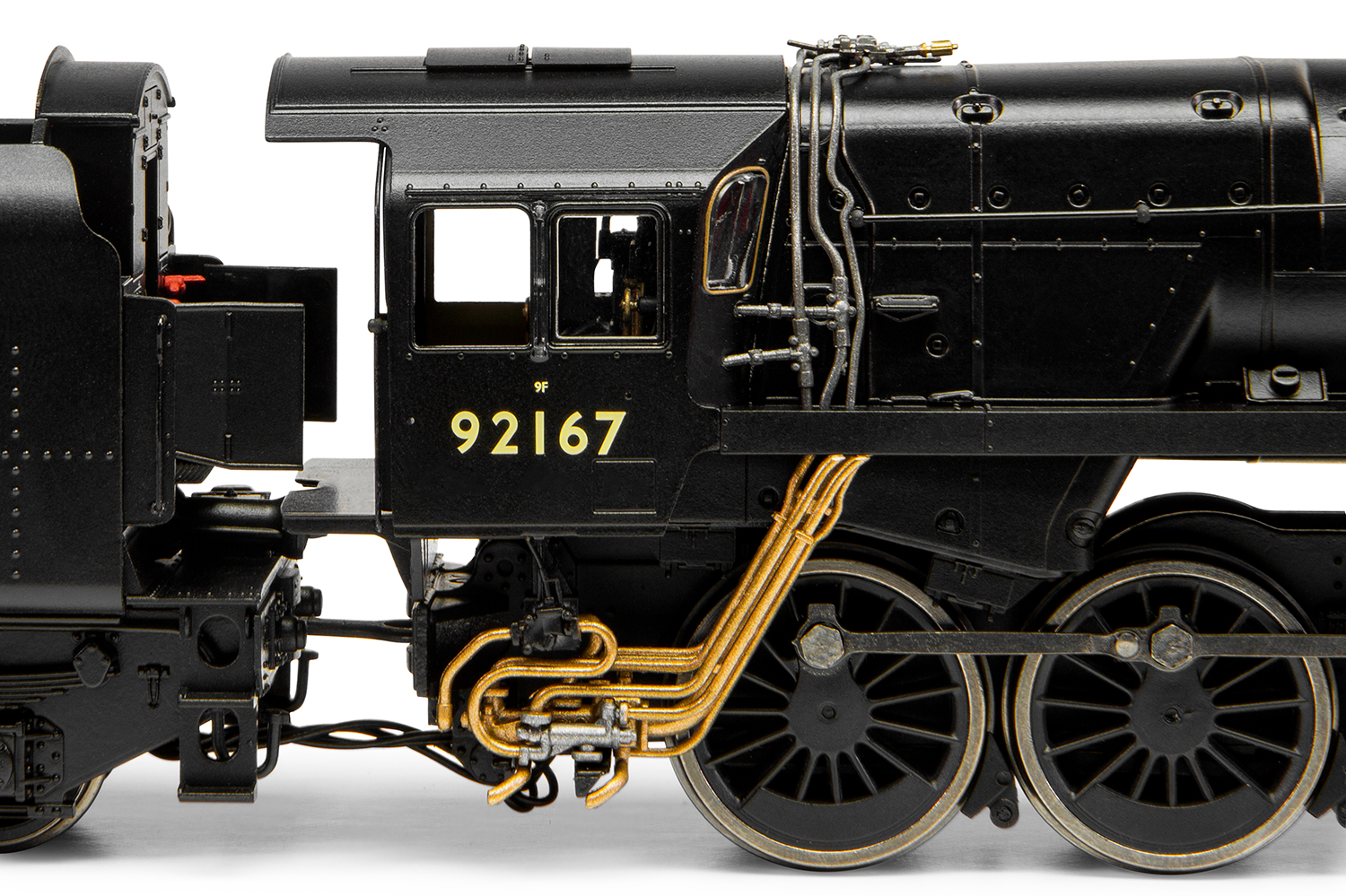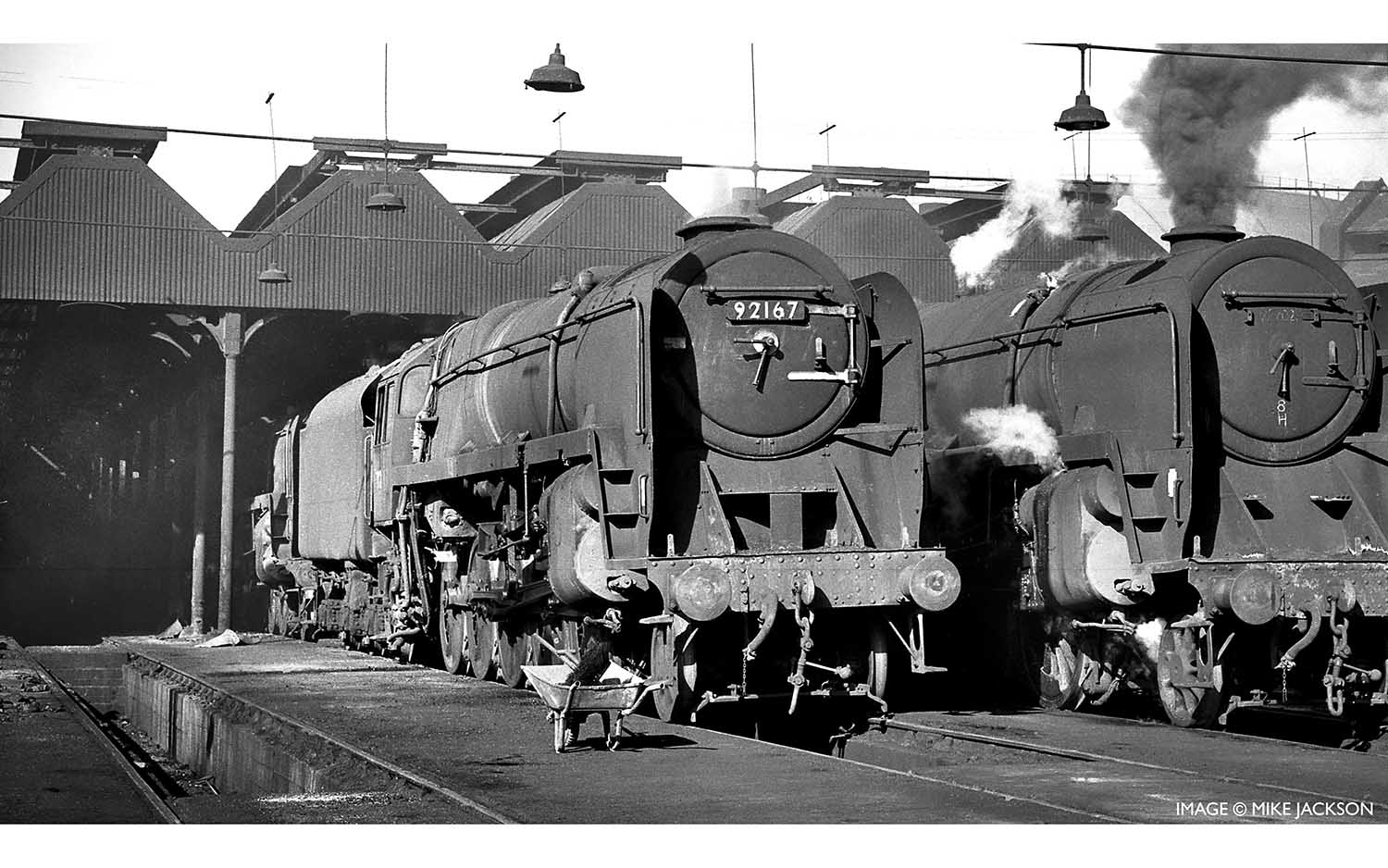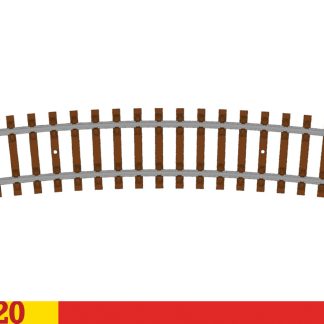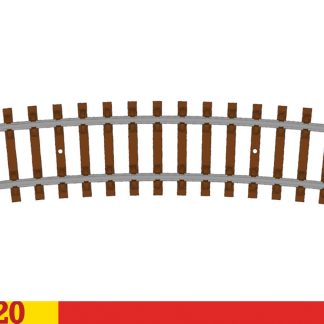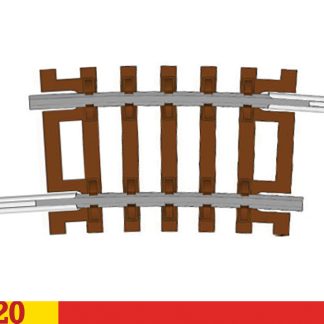Description
The British Railways Standard 9F Class was a 2-10-0 steam locomotive, the last of the standardised BR designs. The Robert Riddles design was intended as a long distance heavy express freight locomotive. In total 251 of the class were produced between January 1954 and March 1960, with the final locomotive No. 92220 'Evening Star' being the last steam locomotive built by British Railways.
The huge length of the 10 coupled driving wheels proved problematic when faced with tight curves, a situation that freight haulage would make inevitable. A solution was found by removing the flanges from the centre driving wheel and reducing the size on the flanges on the second and fourth driving axle's wheels. Riddles had chosen the 2-10-0 wheel configuration in-order to spread the load of the boiler over a greater area. This meant that the boiler had to be raised considerably compared to other designs to allow the firebox to sit above the trailing driving wheels. As a result, the 9F features a distinctive void between the suspended boiler and the footplate.
In operation the class proved extremely versatile. Not only did the 9F excel as a freight locomotive, but when required it also succeeded as a passenger locomotive. Reports even suggest that when 92220 'Evening Star' was used to pull the Red Dragon express service between Cardiff and London it was forced to delay its arrival to allow the restaurant services to be completed, having outperformed the normal Britannia Class locomotives used on the service. This was not the only time 9Fs had been recorded outperforming dedicated express locomotives and on such services the locomotives were capable of running at over 90mph. This combination of high speed, fast acceleration and powerful hauling capabilities mean that many consider the class to be pinnacle of British steam locomotive design.
Locomotive numbers 92165-92167 were built with a mechanical stoker. This system used a helical screw to move coal from the tender straight into the firebox. This meant that coal could be burnt a faster rate than a fireman could maintain otherwise. Systems like this proved extremely useful on long distance American railways however in Britain it was rare for a locomotive to require such as high rate of coal delivery over a long period of time meaning that a good fireman could prove just as effective.
No. 92167 was built with a double chimney and a mechanical stoker in 1958 at Crewe and entered service at the end of March, stationed at the Saltley depot. In March 1962 it was moved to Tyne Dock, before moving on to Bidston by the end of the year. In early 1963 No. 92167 moved to its penultimate shed, Birkenhead Mollington Street, where it stayed until 1967 at which point it was allocated to its final shed at Carnforth before being withdrawn in mid-1968.

